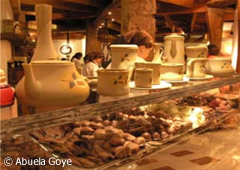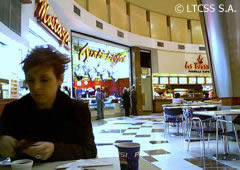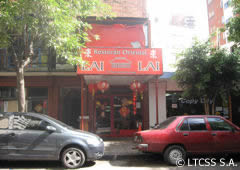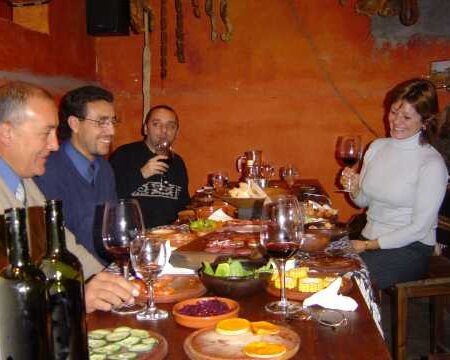The large selection and variety of gastronomic options in Buenos Aires is due to the porteño custom of preferring to eat out rather than slaving over a hot stove.
There are an infinite number of places to enjoy the pleasures of an abundant table, with options for every taste, situation and budget. There are classical spots, modern ones and fast food joints, cafés and wine bars.
 The classic Argentine “parrillas” (literally grill, or a restaurant that specializes in “asado” which is the argentine barbeque) are probably the most popular option, followed by Italian and Spanish restaurants. There is also regional cuisine, French, vegetarian, oriental, and even the latest fusion trends are represented.
The classic Argentine “parrillas” (literally grill, or a restaurant that specializes in “asado” which is the argentine barbeque) are probably the most popular option, followed by Italian and Spanish restaurants. There is also regional cuisine, French, vegetarian, oriental, and even the latest fusion trends are represented.
Every neighbourhood has one renowned spot, which can be the most modern bistro or the oldest restaurant, where “you can eat like the gods,” according to the local phrase.
 However, there are a few zones that are must-eats on the gastronomic tour: Puerto Madero, Las Cañitas and Palermo are the most recent trend setters. Here you can find the most modern and sophisticated options of gourmet cuisine.
However, there are a few zones that are must-eats on the gastronomic tour: Puerto Madero, Las Cañitas and Palermo are the most recent trend setters. Here you can find the most modern and sophisticated options of gourmet cuisine.
Gourmet Buenos Aires
For many years, Buenos Aires has been characterized by themed eating zones: pizzerias on Avenida Corrientes, the open-air parrillas of the northern river shore (which today extend to the southern shore), the Spanish specialties of the Avenida de Mayo (paellas, fish dishes, shell-fish stews and octopus), the Italian eateries of La Boca (we recommend these ones during daylight hours only) and the Middle-eastern restaurants of Villa Crespo.

Villa Crespo is also home to many Armenian and Middle-eastern food stores, where you can find specialties and raw ingredients such as special oils.
There is also a Chinatown that exists in the neighbourhood of Belgrano where there are both restaurants and supermarkets that offer traditional oriental food. Wasabi, rice vinegar, alcoholic beverages, seaweeds, even the woks themselves can be bought.
The Peruvian community which has installed itself in the Once district in recent years also offers its traditional cuisine in a number of restaurants.






















